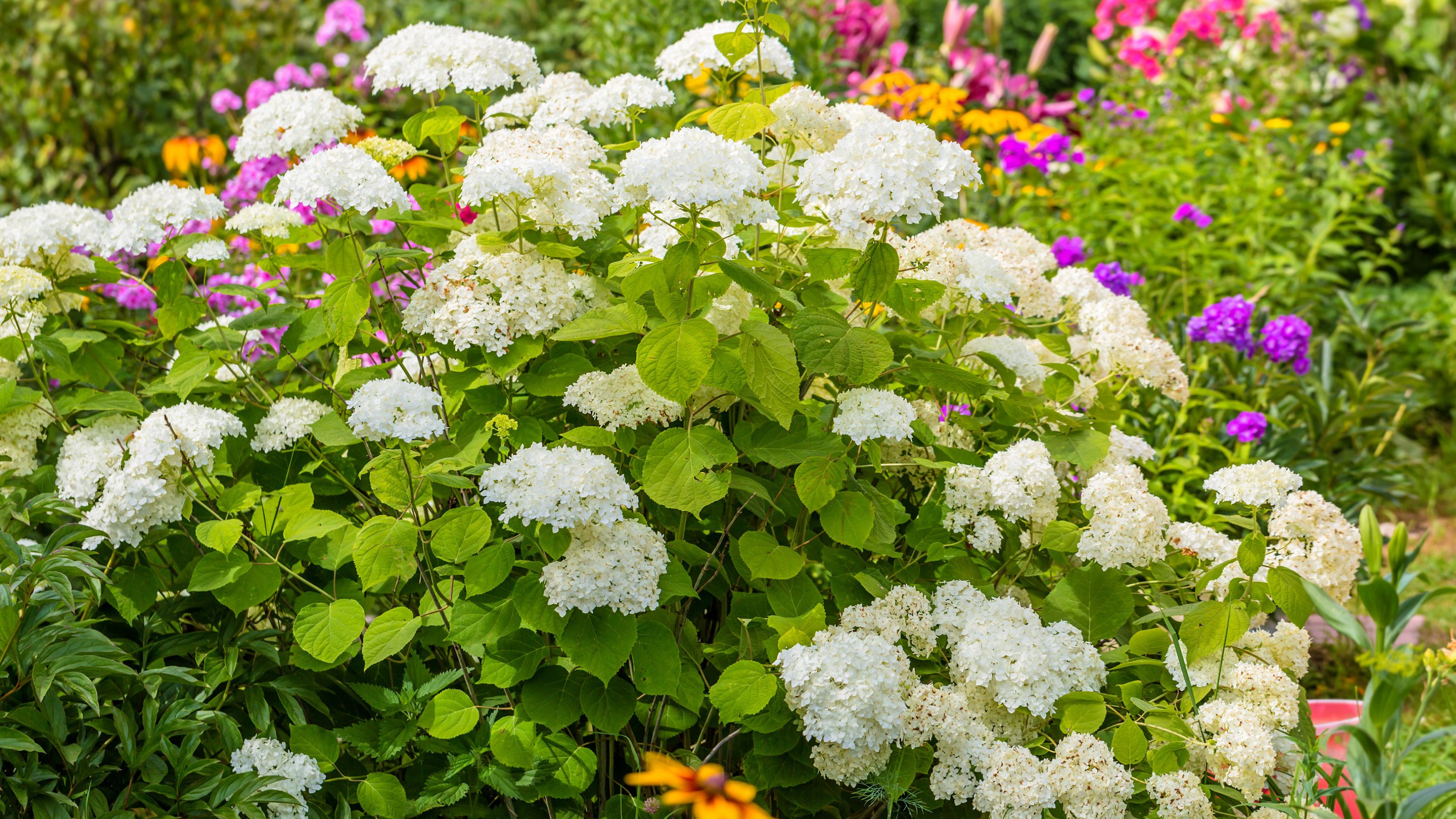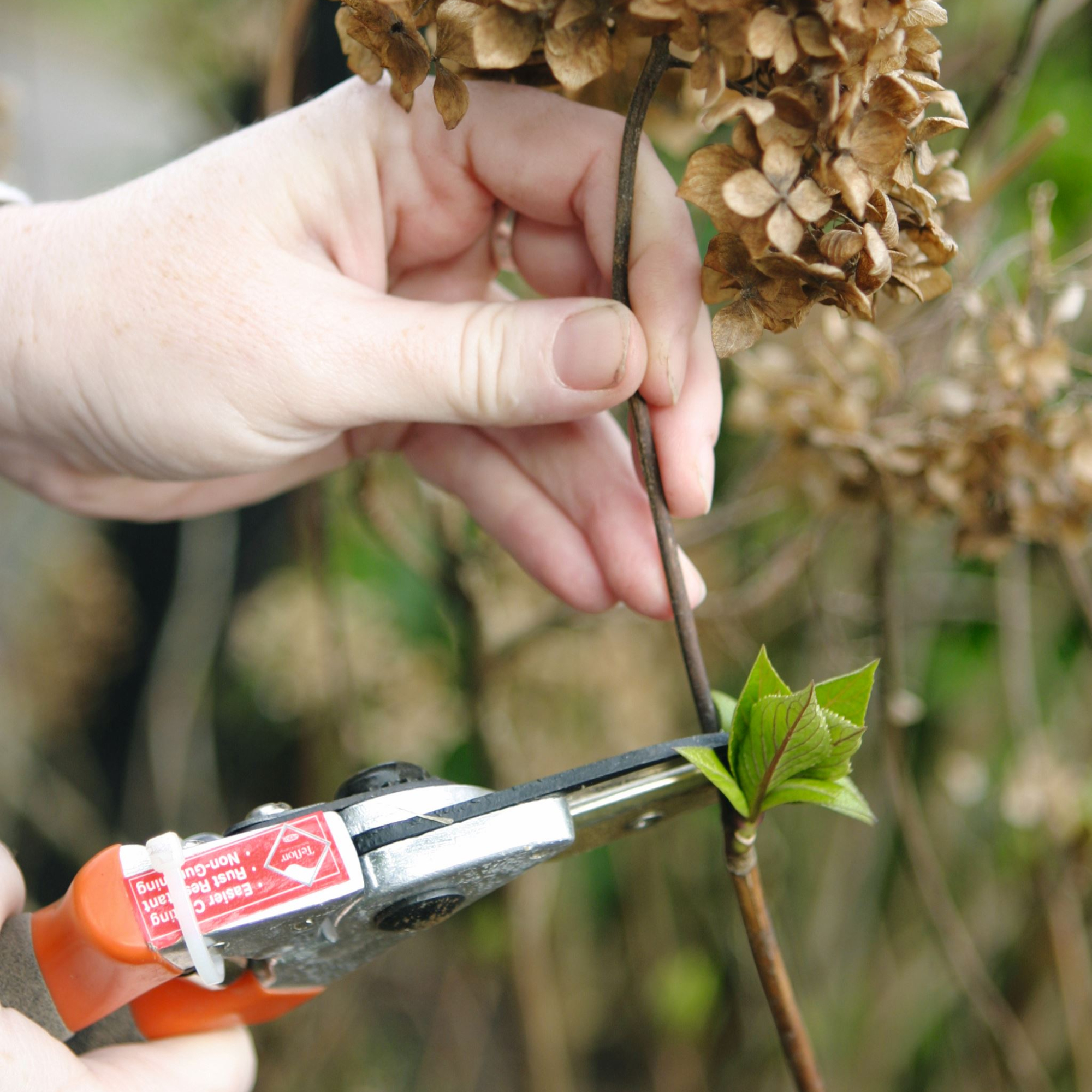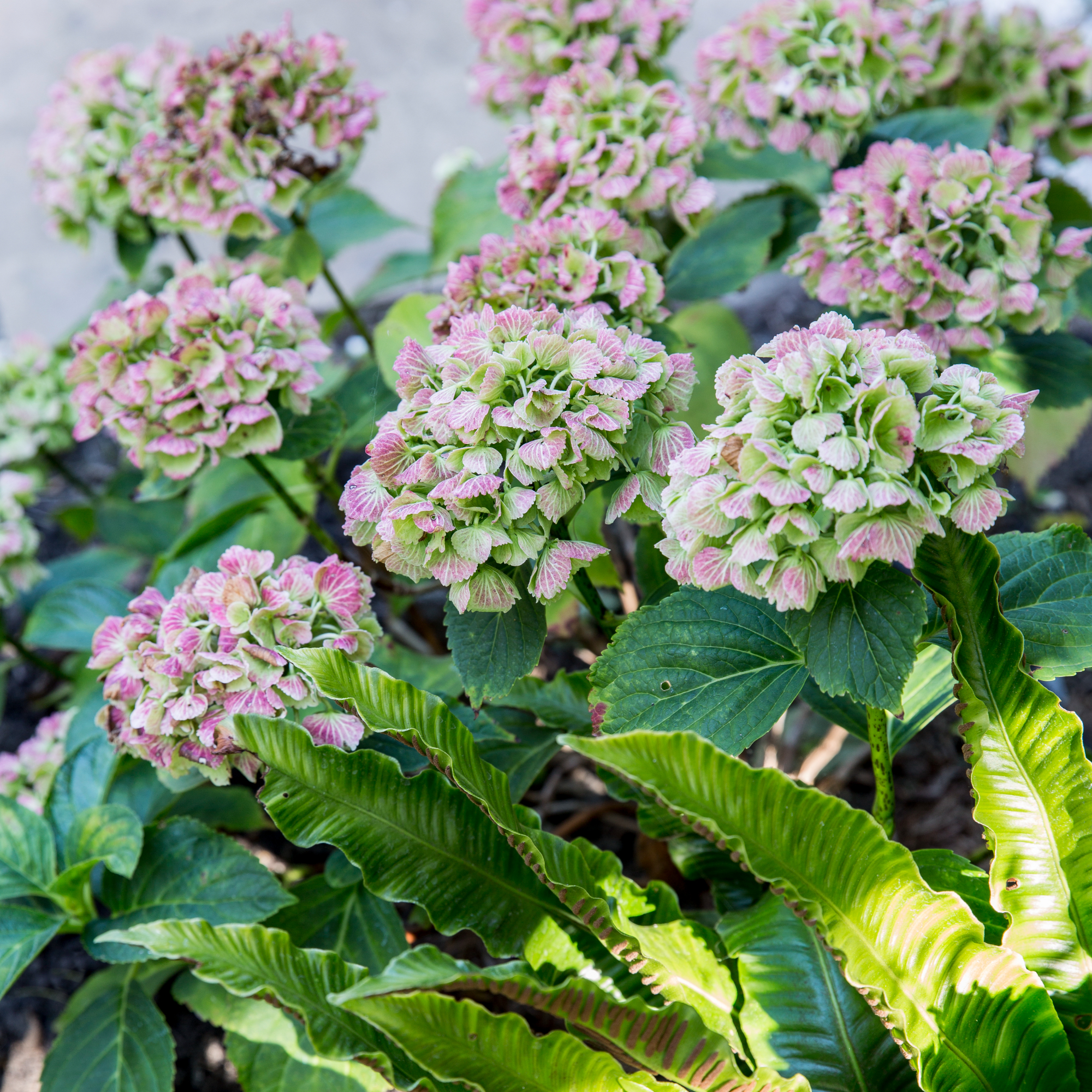The 2 mistakes you should never make with hydrangeas in autumn
Avoiding these common errors will keep your blooms healthy and full of colour come spring


Autumn is a crucial time for hydrangeas, and getting it right now will set you up for a spectacular display next summer. While it’s tempting to tidy up your garden before winter, not all autumn tasks are beneficial for these popular shrubs. There are plenty of things you should do with hydrangeas at this time of year, but you still need to be wary of making the wrong move.
When it comes to what never to do with hydrangeas in autumn, there are two main culprits. So avoid these and help ensure healthy roots, strong stems, and vibrant flowers when the warmer months return.
1. Never prune a hydrangea in autumn

Pruning hydrangeas can be daunting – get it wrong and you'll sacrifice next year's blooms. As a general rule, hydrangeas are one of the plants you should never prune in autumn.
'Most hydrangea varieties flower on old wood, so avoid any hard pruning in autumn, as this may remove developing buds and reduce the display for the following season. Any pruning or shaping of the plant is best carried out in early spring,' says Julian Palphramand, head of plants at British Garden Centres.
By autumn, it is too late to cut back hydrangeas, and you'll need to wait for the warmer weather. 'Hydrangeas that flower on new and old wood can both be pruned in early spring, but climbing hydrangeas are best pruned after they have finished flowering in summer,' adds Richard Barker, a horticultural expert and commercial director of LBS Horticulture.
If you notice any dead or damaged branches, these can be removed in autumn. When pruning, make sure you use the best secateurs for the job. Bypass secateurs like the Kimura® 8" Pro Bypass Garden Secateurs from Amazon will keep cuts on green wood clean, while anvil or ratchet secateurs like Wilkinson Sword Comfort Ratcher Pruner are better suited to older, woodier stems.
2. Never feed a hydrangea in autumn

Once autumn arrives, it is time to stop feeding your hydrangea. Feeding your plant promotes growth, which is beneficial throughout spring and summer but not in autumn when the plant should be entering its dormant period.
Sign up to our newsletter for style inspiration, real homes, project and garden advice and shopping know-how
Any new growth will be soft and much more vulnerable to frost than the established stems. If this new growth gets badly damaged by frost and cold weather, it could prevent your hydrangea from flowering next year.
However, once the frost has passed and your hydrangea starts to show signs of new spring growth, you can resume feeding with either a slow-release feed or a liquid feed like this Vitax Hydrangea feed from Amazon.
Skip these 2 autumn mistakes and your hydrangeas will thrive next spring. A little care now means stronger stems, healthier plants, and vibrant blooms that will really make your garden pop.

Holly is one of Ideal Home’s content editors. Starting her career in 2018 as a feature writer and sub-editor for Period Living magazine, she has continued this role also adding regular features for Country Homes & Interiors and the Ideal Home website to her roster. Holly has a passion for traditional and country-inspired interiors – especially kitchen design – and is happiest when exploring the countryside and hills of the Lake District. A keen gardener, she is a strong believer that you can never have too many houseplants.
You must confirm your public display name before commenting
Please logout and then login again, you will then be prompted to enter your display name.